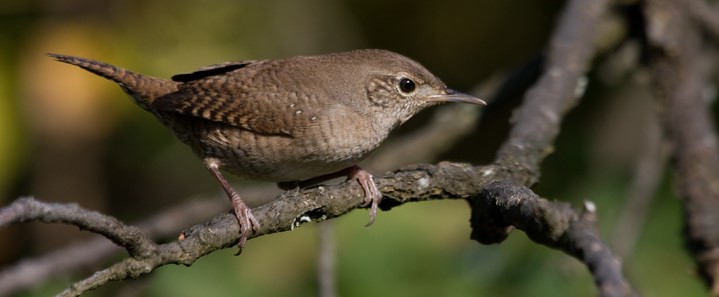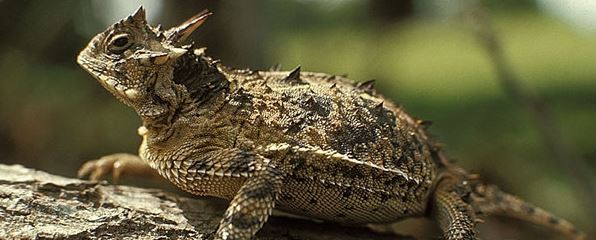We have worked with Texas landowners for years. The success of each one of our Texas wildlife management plans is an example of how we strive to provide the best product for Texas property owners. We believe the wildlife tax valuation is one of the single best conservation initiatives for private property owners in Texas.
The statutes governing agricultural property taxation of Section 1-d-1 open-spaced lands devoted to wildlife management purposes are set forth in Texas Tax Code, Chapter 23, Subchapter D, Appraisal of Agricultural Land. A property can only be assessed based on wildlife management use if at the time the wildlife management began the property was already being appraised as qualified open-spaced land under the Tax Code. TEX. TAX CODE §23.51(7)(A).

Planning for Wildlife Management
The statute referenced above means that a property was being appraised as open-spaced land because the land had been devoted for 5 of the preceding 7 years to producing agricultural products, such as row crops, livestock production, timber production, or the property was used as an ecological laboratory by a college or university The latter is a very special and very rare situation.
A property owner can convert agricultural property to wildlife management use, which is legally considered agricultural under state law, and can maintain ag taxes on that property in perpetuity under active wildlife management. It’s a great deal for property owners and wildlife!
An Example of Wildlife Management Use
Wildlife management for the purpose of maintaining an ag tax valuation on a tract of land is defined by the Texas Tax Code as actively using the land through at least 3 of 7 wildlife management practices to propagate a sustaining breeding, migrating, or winter population of indigenous wild animals for human use, including, food medicine, or recreation. TEX. TAX CODE §23.51(7)(A).
The 7 major practices that a property owner can carry out on their property for wildlife management use include:
- Habitat control – Example: Brush control
- Erosion control – Example: Establish ground cover
- Predator control – Example: Feral hog control
- Providing supplemental water – Example: Install wildlife guzzler
- Providing supplemental food – Example: Food plot
- Providing shelters – Example: Nest boxes
- Performing census counts – Example: Point counts
Special Qualification for Wildlife Tax Valuation
Most property owners “switch” over to wildlife management as an agricultural practice directly from a traditional agricultural practice, such as livestock grazing. In additional to serving as a prior ecological laboratory, there is also another way property owners can move directly into a wildlife exemption.
Land can also qualify for appraisal based on wildlife management use if it is being used to protect a federally listed endangered species under a conservation easement or as part of a qualifying habitat conservation plan. TEX. TAX CODE §23.51(7)(B).

Benefits of Wildlife Management
Wildlife management is a qualifying agricultural practice that if done to the required degree of intensity, as defined by the statues, regulations and guidelines, qualifies land to be appraised as open-spaced land based on the land’s productive value rather than its market value as required by Section 1-d-1. TEX. TAX CODE §§23.51(1) and (2).
Agricultural lands are taxed based on production value in Texas. That makes a wildlife exemption/wildlife tax valuation very attractive for property owners, especially (new) small acreage landowners and those looking to transition out of ag production for a variety of reasons. Both wildlife and people benefit.
When a landowner elects to convert the primary use of their land from farming or ranching to wildlife management there is no change in the amount of property taxes assessed against the property, only a change in the qualifying agricultural practice, therefore, appraisal based on wildlife management use is revenue neutral.
Texas Wildlife Management Plans: Examples of Excellence
It does take some up-front planning for property owners looking to convert ag land to wildlife management. For landowners that have owned their property for a number of years, switching to a wildlife tax valuation is a matter of identifying suitable wildlife for which to manage for on the property (and region,) then developing a wildlife management plan that meets the aforementioned requirements.
In Texas, a property owner or anyone else is allowed to develop a management plan for a property. But like filing for federal taxes, not everyone feels comfortable doing so, especially with so much on the line. That’s where we come in, ready to offer high quality, personal and property-specific assistance at a reasonable cost. Our proven history of success serves as an example of the thoroughness of the wildlife management plans we’ve drafted across Texas.
